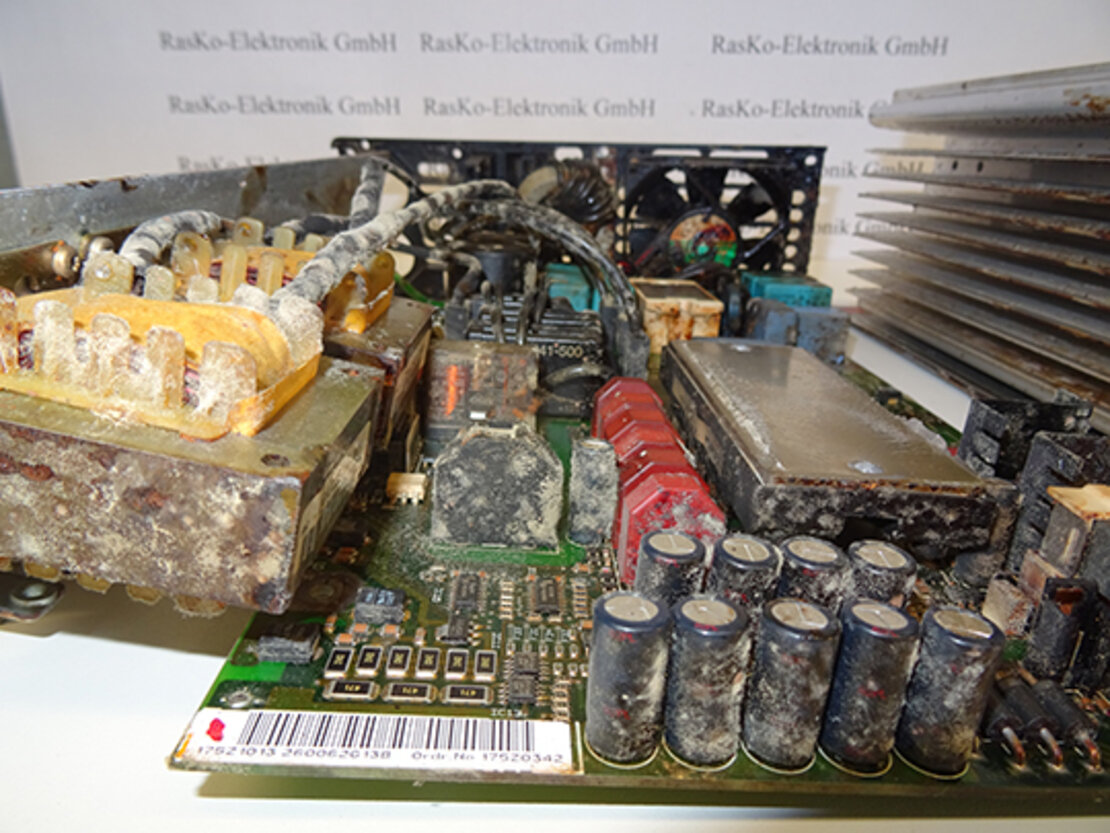In an era driven by technological marvels and sustainable solutions, the humble inverter stands as a pivotal innovation Frequenzumrichter Danfoss SEW Lenze Siemens reparieren lassen that quietly reshapes our world’s energy landscape. From powering household appliances to driving industrial machinery and facilitating renewable energy integration, inverters play an indispensable role in ensuring efficiency and reliability in electrical systems.
Understanding the Basics
An inverter, at its core, is an electronic device that converts direct current (DC) power into alternating current (AC) power. This conversion is fundamental, especially in a world where various electrical devices and machinery rely on AC power to function efficiently. The basic functionality of an inverter involves a transformation process where it takes DC electricity from a source, such as batteries or solar panels, and converts it into the AC electricity required for most household and commercial appliances.
Types of Inverters
Stand-Alone Inverters: These are commonly used in off-grid solar systems or in places where the primary power source is not available. Stand-alone inverters are capable of supplying AC power independently, drawing from batteries or renewable energy sources like solar panels or wind turbines.
Grid-Tied Inverters: As the name suggests, these inverters are designed to synchronize with the utility grid. They convert DC power from solar panels or other sources into AC power that can be directly used by the appliances within a home or business. Grid-tied inverters can also feed excess power back into the grid, enabling users to receive credits or compensation for the surplus energy produced.


